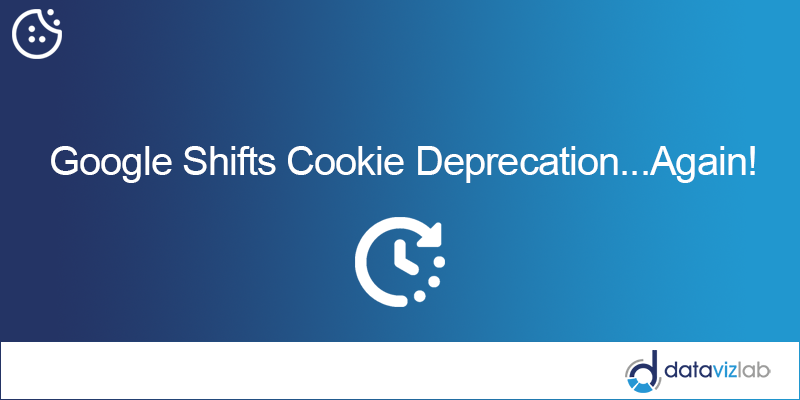
Today, I am going to tell you an exciting story about something incredible that happened in June 1994. At that time, when a user landed on a website, every visit was always considered the first. There was no automatic solution that would record the fact that a visitor had already made a previous visit to the website. The web had no “memory” for individual users, but the birth of the cookie was on the way.
Later, Lou Montulli, a web pioneer and founder engineer at Netscape, came up with a visionary technology called “persistent client state object”, a little snippet of code that would have a huge impact around the world.
In an interview, he said that “without a session, each time a user clicked to move to a different page they would become just another random user with no way to associate them with an action they had done just moments ago. This is a bit like talking to someone with Alzheimer disease. Each interaction would result in having to introduce yourself again, and again, and again“.
Montulli invented a way that let web servers send stateful information to the user’s device and store it in their web browser’s directory for later requests. In one word: the cookie!
IN THIS ARTICLE
WHAT ARE COOKIES
Cookies are small text files that contain information stored on a user’s device like computer or smartphone by a website. This information is normally exchanged between a server (website) and a client (browser). Cookies are stored by the browser when you visit a website, and on each subsequent visit the browser sends these cookies to the site that placed them.
It is clear that cookies can be used to identify users. Indeed, when visitors land on a website for the first time, they can provide for example an identifier such as name or email. In all these years, cookies have allowed websites to acquire a large amount of information about users and the activities they perform within online pages.
Montulli, in his pablication called “Persistant client state in a hypertext transfer protocol based client-server system”, described the first example of cookie that you can see here:
Set-Cookie: CUSTOMER=WILE– E– COYOTE; path=/; expires=Wednesday, 9-Nov.-1999 23:12:40
TYPES OF COOKIES
Cookies can be classified based on three variables, and for each of them, specific types can be identified.
DURATION
First of all, depending of the time a cookie works on a user’s device, we can distinguish between:
- Session cookies: these cookies are temporary and are deleted when the current session ends (or once you close the browser).
- Permanent cookies: these category remains on the user’s device (phone, tablet, computer) even after the browser is closed, depending on the cookie’s expiration date.
SOURCE
Basically, there are two types of cookies based on the entity that installs them on the user’s device: fisrt-party cookies and third-party cookies.
- First-party cookies: they are created and placed on your device directly by the website you are visiting. First-party cookies are tipically used to keep you user logged in to your site or rember their shopping cart items.
- Third-party cookies: these cookies are set on your device by other companies that collect your users’ data to create profiles and audiences for marketing purposes. Examples of third-party vendors are: advertising neworks, Google Analytics, Adobe Analytics, Meta and so on.
PURPOSE
Based on what purpose they serve, cookies can be classified into four categories:
- Strictly necessary cookies: also known as “essential cookies”, they store information required for the website to function properly. These kind of cookies are used for example to remember a login’s user information or to store shopping cart contents. Without the use of these cookies, some operations could not be carried out or would be more complex and less secure (for example the online banking). Essential cookies do not collect personal information and do not require user consent. However, they need to be included in the cookie notice to inform users how you use them.
- Preferences cookies: Also known as “functionality cookies”, they store your preferences that can help improve website functionality. Example include region or language settings.
- Statistics cookies: these cookies collect aggregated and anonymized information on the websites you visit and which links you clicked on. Their goal is to improve the website functionality.
- Marketing cookies: also known as targeting cookies, these cookies track user’s online activity and analyze their behaviour helping advertisers to create profiles and deliver advertising messages in line with their interests and preferences. These cookies share information with other advertisers and are typically created by a third-party vendor.
In recent years, the advertising industry and major players like Google are tring to deprecate cookies. This progressive shift away from third-party cookies has become known as the “cookieless future.” This decision will generate important consequences for the entire markeing and communication ecosystem, which has made extensive use of them. Google announced that it would no longer remove third-party cookies in 2004, and didn’t outline a specific deadline for removal. Based on these statements, Google’s plan to kill cookies could be delayed until 2025.

